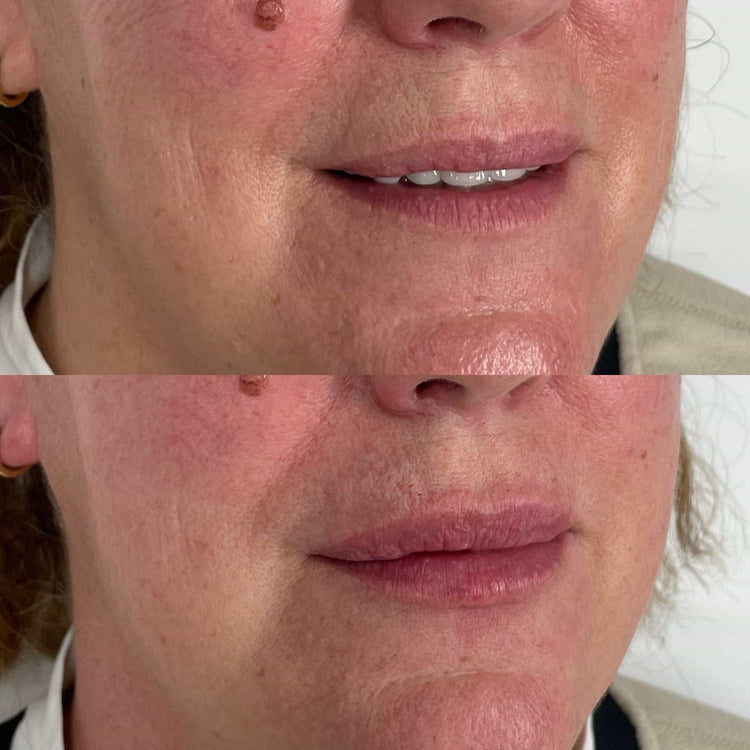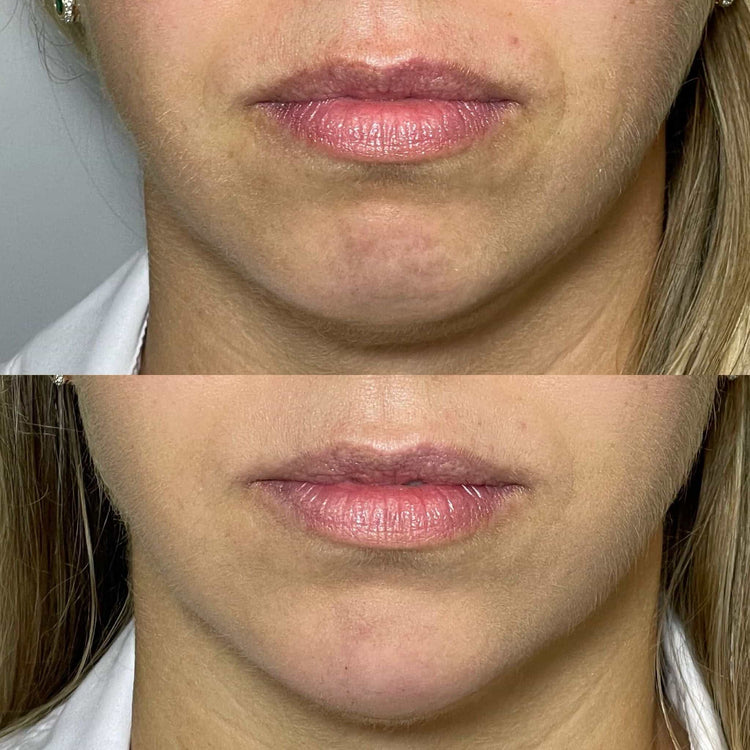Causes
A gummy smile occurs when excessive gum tissue is visible when an individual smiles. Several factors can contribute to this appearance.
Common causes include genetics, where individuals may have inherited a short upper lip or elongated upper jaw. An overactive levator labii superioris muscle, responsible for lifting the upper lip, can also play a role, causing excessive gum exposure. Certain habits like smiling broadly or showing too much enthusiasm during smiles can exacerbate the gummy smile effect.
In some cases, an underlying dental issue like tooth wear or receding gums can contribute to a gummy smile’s appearance.
Prevalence
The term “%h2%” is not commonly used in English. It appears to be a placeholder or code snippet rather than a standard word or phrase with a specific meaning.
How it Works
A gummy smile occurs when excessive gum tissue is visible when an individual smiles. Several factors can contribute to this appearance.
Common causes include genetics, where individuals may have inherited a short upper lip or elongated upper jaw. An overactive levator labii superioris muscle, responsible for lifting the upper lip, can also play a role, causing excessive gum exposure. Certain habits like smiling broadly or showing too much enthusiasm during smiles can exacerbate the gummy smile effect.
In some cases, an underlying dental issue like tooth wear or receding gums can contribute to a gummy smile’s appearance.
%h2% is not a recognized term in English.

Procedure
Botox injections can be used to treat a gummy smile by temporarily relaxing the levator labii superioris muscle, which is responsible for lifting the upper lip.
- A qualified cosmetic doctor will first assess your individual needs and facial structure.
- During the procedure, Botox is carefully injected into specific points around the muscle.
- The effect of Botox typically lasts for several months.
- Results often improve the appearance of a gummy smile by minimizing gum exposure when smiling.
Duration and Recovery
A gummy smile occurs when excessive gum tissue is visible when an individual smiles. Several factors can contribute to this appearance. Common causes include genetics, where individuals may have inherited a short upper lip or elongated upper jaw. An overactive levator labii superioris muscle, responsible for lifting the upper lip, can also play a role, causing excessive gum exposure. Certain habits like smiling broadly or showing too much enthusiasm during smiles can exacerbate the gummy smile effect. In some cases, an underlying dental issue like tooth wear or receding gums can contribute to a gummy smile’s appearance.
Botox injections can be used to treat a gummy smile by temporarily relaxing the levator labii superioris muscle, which is responsible for lifting the upper lip.
- Grace Belgravia A qualified cosmetic doctor will first assess your individual needs and facial structure.
- During the procedure, Botox is carefully injected into specific points around the muscle.
- The effect of Botox typically lasts for several months.
- Results often improve the appearance of a gummy smile by minimizing gum exposure when smiling.
Duration and Recovery
Botox takes effect within a few days, with full results usually visible after about two weeks. The duration of the treatment’s effects varies from person to person but typically lasts for three to six months. Recovery time is minimal; most people can resume their normal activities immediately after the procedure. Some mild bruising or swelling may occur at the injection site and typically subsides within a few days.
What Medications Can’t Be Taken With Botox?
Banana Roll Fat Treatment in London & Kingston, Surrey – It’s Me & You

Learn About the Science Behind It
Reserve Your Consultation Instantly Now
55 Thousand Dresses
- Why Can’t I Get Lip Filler While Pregnant - November 17, 2025
- What Is The Average Size Of A Joint? - November 14, 2025
- What Age Should You Stop Getting Fillers? - November 13, 2025
